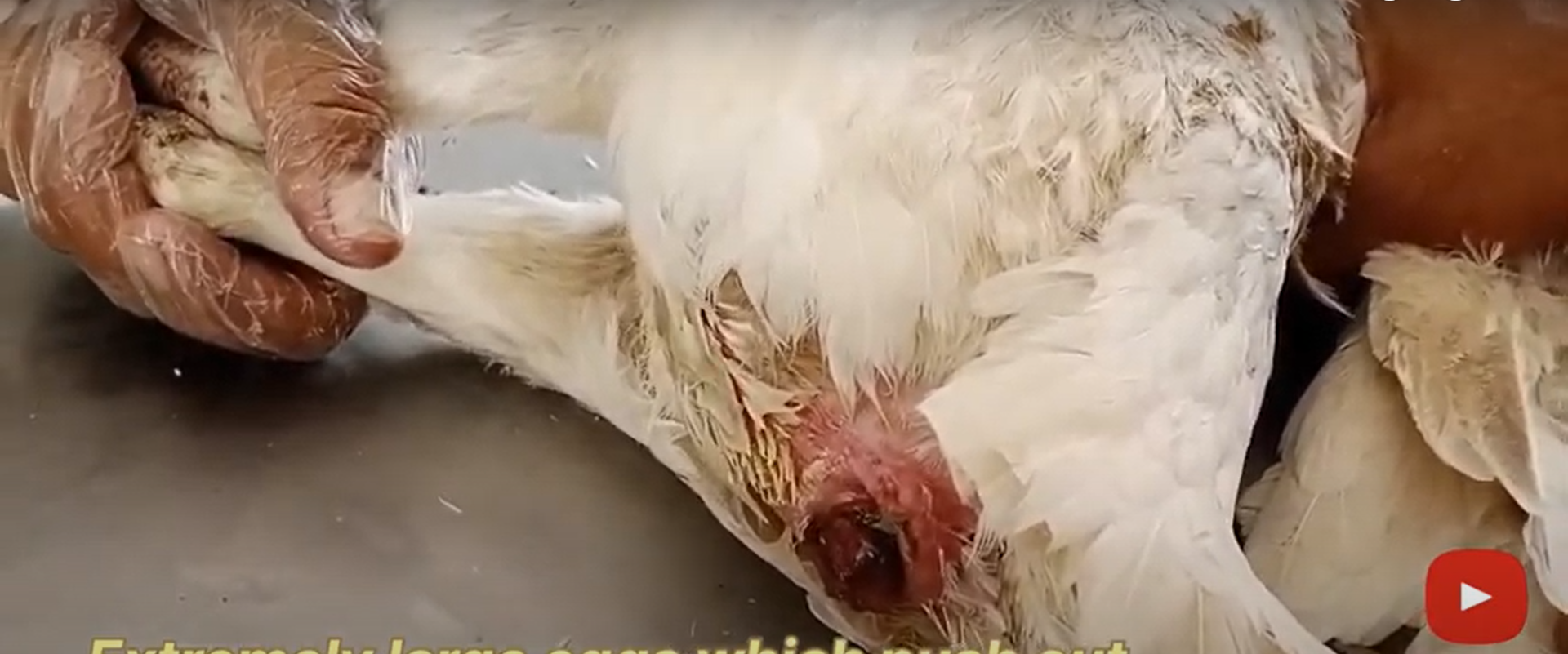Prolapse vent in chickens is an avian anomaly wherein a hen’s vent or cloaca is inverted and pushed to the outside of the body. Often characterized by a collection of red tissue hanging out of the hen’s posterior, prolapse vent is easily treatable.
What causes prolapse in poultry?
The oviduct may be slow to retract when a hen is too fat. Prolapse can also be caused by injury to the vagina, which can occur when a large egg is laid. In houses that lack nests or that are brightly lit, when the vagina is exposed during laying, other hens may see the moist, red tissue in the vent area and peck at it. The biggest cause of this issue is due to poorly digestible ingredients. Ingredients that are poorly digested cause the digesta in the intestine to get thicker or more viscous, which makes it stickier. Thus, it sticks to the back end of the bird.
How do you manage a prolapse in laying birds?
Prolapse in commercial layers Do not exceed 16 hours light duration (better 15 hours). Also reduce light intensity (maximum 40 lux in open house, 20-30 lux in environment control house). Adjust ME in feed to lower limit of recommendations. Supplement Vitamin C @ 1 g/l drinking water in morning hours.
How can cloacal prolapse be prevented in layers?
Understanding trigger points can help prevent these issues occurring: Hens being overweight. Starting to increase the number of hours of light per day (photostimulation) before the pullet has reached the correct weight. Feeding unbalanced diets. Train the hens to use the nest boxes for laying only.
You can also read about how to treat dislocated leg in Ostrich?
Treatment:-
Try Sudocrem, Preparation H (haemorrhoid cream) or Manuka honey to help the prolapse to shrink down. To encourage your hen to stop laying, and give the vent time to recover, remove all pellets and crumble, feeding a mixed corn diet only.
You can get more detail knowledge about this here









